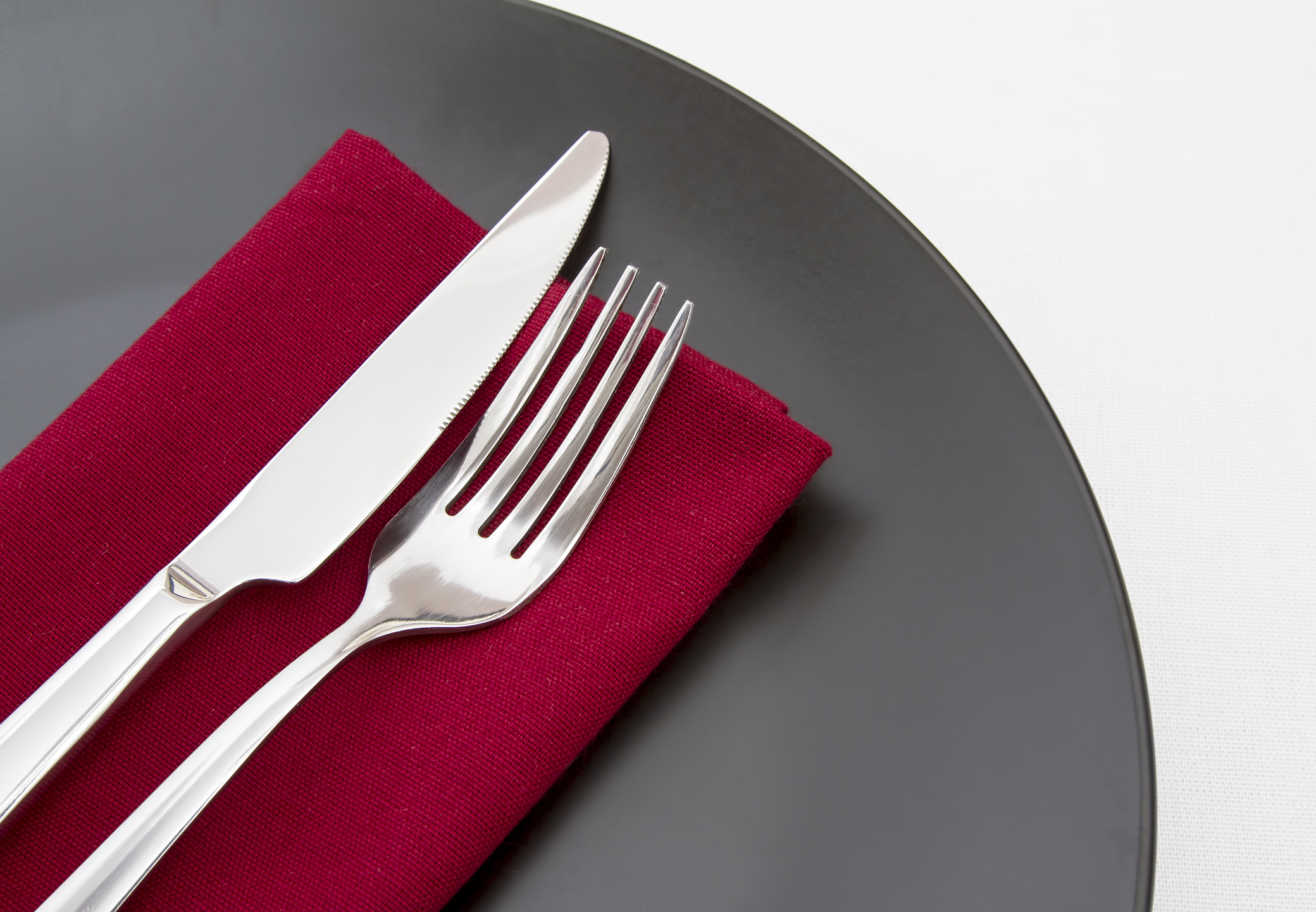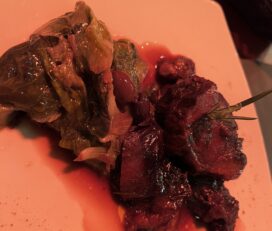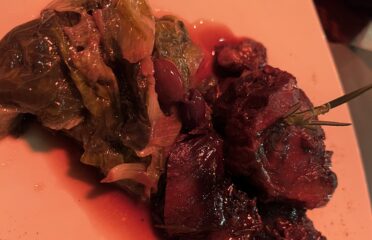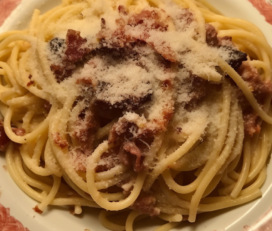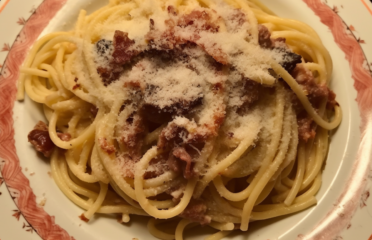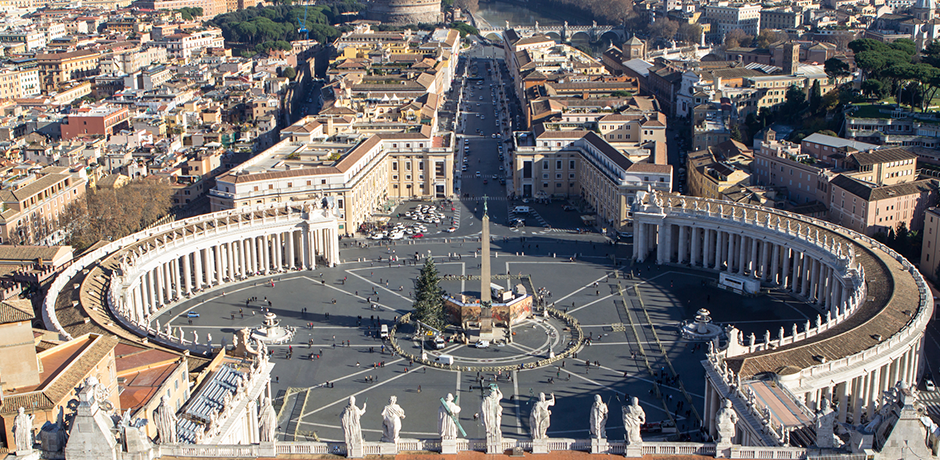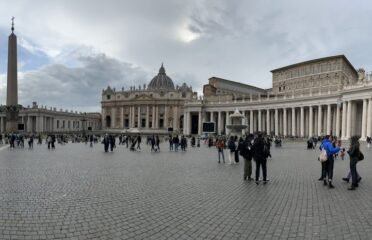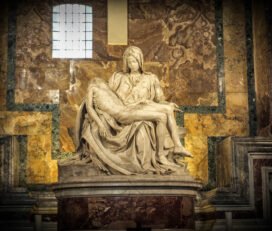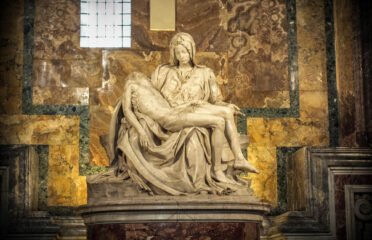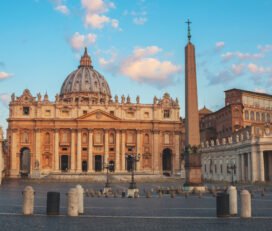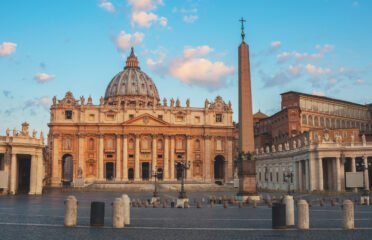Vatican Museums – Vatican City
Overview
The Vatican Museums are one of the world’s greatest repositories of art, history, and culture, attracting millions of visitors each year. Located within Vatican City, the collection was founded in the early 16th century by Pope Julius II and has grown into an expansive network of galleries, chapels, and courtyards. Today, the museums display everything from ancient Egyptian artifacts to Renaissance masterpieces and modern religious art. Highlights include the Sistine Chapel with Michelangelo’s iconic frescoes, the Raphael Rooms, and the Gallery of Maps. Visiting the Vatican Museums is an unforgettable journey through centuries of artistic and spiritual achievement.
Why Visit
- Explore one of the largest and most important art collections in the world
- Stand beneath Michelangelo’s breathtaking Sistine Chapel ceiling
- See Raphael’s masterpieces in the Stanza della Segnatura
- Marvel at ancient sculptures like the Laocoön Group
- Walk through ornate galleries filled with tapestries, maps, and treasures
Highlights
- Sistine Chapel: Michelangelo’s frescoes, including The Creation of Adam and The Last Judgment
- Raphael Rooms: Four rooms decorated by Raphael and his workshop, featuring The School of Athens
- Gallery of Maps: A 16th-century hall with detailed frescoed maps of Italy
- Pio-Clementino Museum: Home to classical sculptures such as the Apollo Belvedere and the Laocoön Group
- Egyptian and Etruscan Collections: Ancient artifacts that trace the roots of Mediterranean civilization
History & Cultural Significance
The Vatican Museums trace their origins to 1506, when Pope Julius II acquired the Laocoön sculpture and displayed it for public admiration. This marked the beginning of a papal tradition of collecting and preserving art. Over centuries, successive popes expanded the collection, commissioning works from Renaissance masters like Michelangelo and Raphael, and assembling antiquities from across the globe. The museums now house over 70,000 works, of which about 20,000 are on display. They not only showcase artistic genius but also represent the Catholic Church’s role in preserving cultural heritage. The museums are also integral to the Vatican’s identity as a center of faith, art, and diplomacy.
Typical Costs & Tickets
Tickets to the Vatican Museums cost approximately €20 for adults and €8 for students and children under 18. Children under 6 enter free. Advance online booking is strongly recommended to avoid long lines, with a small reservation fee applied. Special guided tours, early-access tickets, or evening openings may cost more, typically €30–€50 per person. Entry includes access to the Sistine Chapel, which is part of the museum complex. Combined Vatican tours may also include St. Peter’s Basilica and Vatican Gardens at higher rates.
Best Time to Visit
The Vatican Museums are open year-round, but the best time to visit is early morning or late afternoon to avoid peak crowds. Tuesdays and Thursdays are generally less busy than weekends or Mondays. Visiting during the low season (November to February) offers a more relaxed experience. Be prepared for large crowds in summer and on religious holidays, when the Vatican sees its highest number of visitors.
Nearby Experiences
Located within Vatican City, the museums are surrounded by other iconic attractions. St. Peter’s Basilica and St. Peter’s Square are just steps away, offering opportunities to admire Michelangelo’s dome and Bernini’s colonnade. Nearby, the Castel Sant’Angelo provides both history and panoramic views of Rome. Crossing the Tiber River leads to the bustling neighborhoods of Prati and Trastevere, filled with shops, cafés, and trattorias where visitors can unwind after their museum tour.
Travel Tips
- Book tickets online in advance to skip long queues
- Dress modestly, as Vatican dress codes require covered shoulders and knees
- Allow at least 3–4 hours to see the highlights—longer if you want a more in-depth visit
- Consider a guided tour for deeper insights into the history and art
- Photography is allowed in most areas, but not in the Sistine Chapel
Fun Facts & Local Legends
- The Vatican Museums span nearly 9 miles of galleries, making them one of the longest museum complexes in the world
- Over 6 million people visit annually, making it one of the most visited museums on Earth
- Michelangelo initially resisted painting the Sistine Chapel ceiling, preferring sculpture to fresco
- The Gallery of Maps is so large it takes up an entire corridor of the Apostolic Palace


